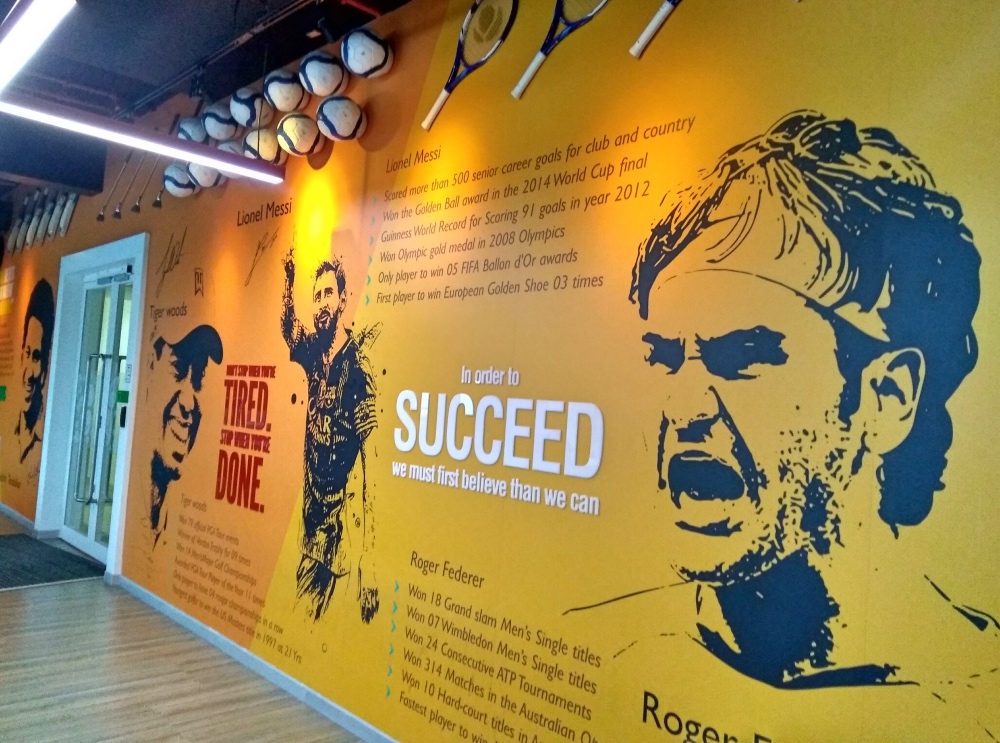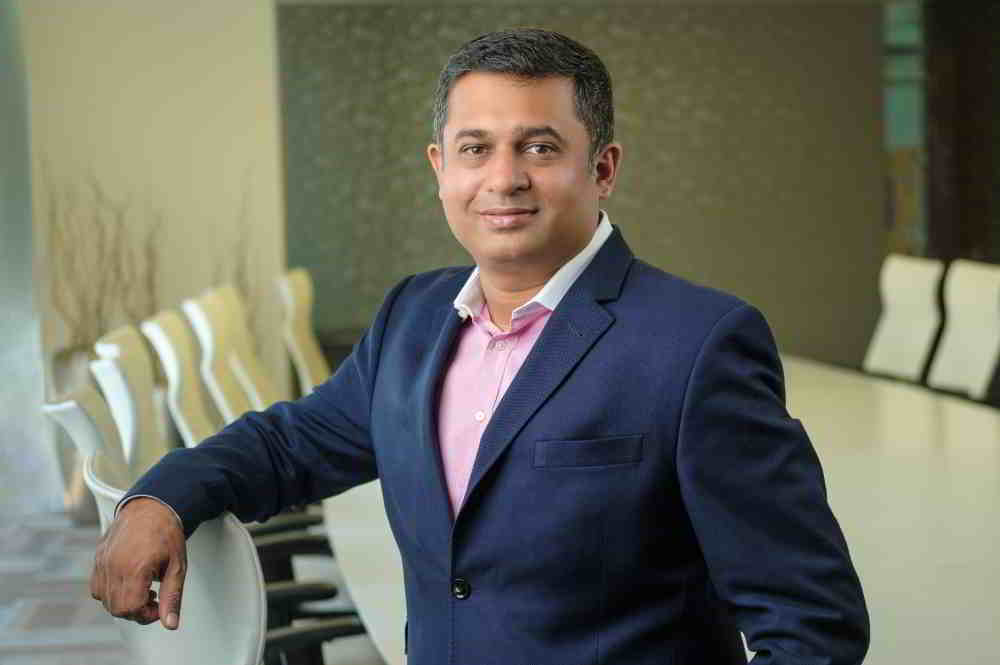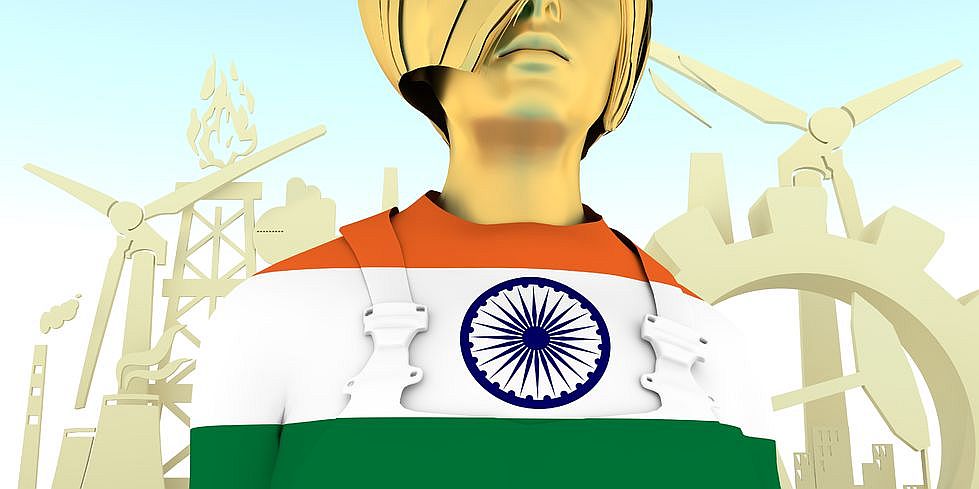The Government of Andhra Pradesh (GoAP) recently selected the Pega Government Platform from Pegasystems India as the technology backbone for e-Pragati – a new centralized government portal that aims to integrate all departments, streamline services, and drive higher citizen satisfaction. As one of the world’s largest and most complex government digital transformation projects, the initiative will help connect the state’s beneficiaries to 33 departments, 315 agencies, and 745 citizen services.
Pegasystems, the company that beat others to this project, has been around for over a decade. Starting in 2008, with just 15 employees, Pega has grown to 1,500 employees in India. It’s India HQ is in Hyderabad but it also has an office in Bengaluru as well as global offices. Its customer base has grown from the Fortune 500 companies to the Global 3000. It has for long being servicing elite customers such as JP Morgan Chase, Bank of America, and Wells Fargo.
Digital Creed met Suman Reddy, Managing Director, Pegasystems India who is one of the founders. We talked about achievement, unique proposition, and why customers and employees love the company. Suman also outlines his vision for Pega. He’s a prolific speaker and a media-friendly person. Suman has been working closely with Nasscom and is one of the speakers at the forthcoming Nasscom India Leadership Forum 2018, which begins in Hyderabad today (19 Feb).
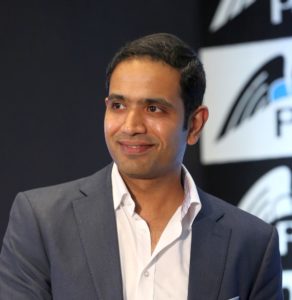
Suman Reddy, managing director, Pegasystems India
Pegasystems sells its digital process automation software (formerly called Business Process Automation) and CRM software globally. Pega’s software is used by the US Department of Agriculture, State of Maine’s Benefits Program and New South Wales Transportation Management Center.
The company will now start selling its software to Indian businesses with revenues of more than $2 billion. It is targetting the following verticals: banking and financial services, telecom, manufacturing, and government.
DC: You started the company 10 years ago and transformed it from a backoffice services provider to a global innovation hub. Could you tell us about the struggles and challenges that you faced along this journey?
Suman: When I came here 10 years ago there was a lot of trust from the CEO. He gave me a seed fund and told me to figure it out. Mike Pyle (Senior Vice President, Engineering and Product Development) and I made this journey, and we did not know where to start. (We asked ourselves) should we hire an engineer first or get an HR head on board? We were a small company with only $160 mn in revenue. So, we knew that we had to hire the best talent. We did not have a plan and people did not know who we were. It was tough starting an office in a small business centre, and to be able to attract people to come for interviews, and convince them that we were a real company. This was a real challenge. But whenever you are pushed against the wall you become innovative.
We did a lot of innovative things. For instance, I was sending S-class Mercedes cars on the first day of their employment (to pick up employees) and to let them know that we are a real company. We pampered their families and brought them for company lunches and parties. We created this whole sense of pride and belonging, for the 15 – 20 people that we hired in the first year. We said we are a family and we will work together, eat together, and celebrate together.
Those were the fundamentals of our organisation, and we continue to build on those fundamentals today.
Today we are 1,500 people and we celebrated our 10th anniversary. The biggest reason for how to do all this is empowerment.
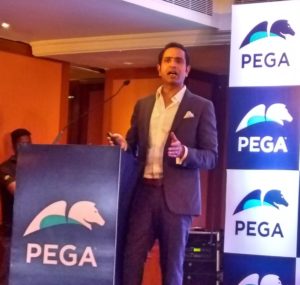
Suman Reddy, Managing Director, Pegasystems India
DC: What are the achievements that make you proud?
Suman: It is about having the majority of the platform being product managed, built and innovated out of our R&D center here (in India). Not many companies get to make that journey despite being here for 20 years. It’s the ownership model. Not many companies get to own the product. There are different models: augmentation, ownership and leadership. In ten years, we’ve gone up to the leadership stage. All of the product direction is generated from our R&D centre.
DC: What makes you unique?
Suman: Firstly, we have this Unified Model Driven Architecture which is patented. Because of this, people are able to model it once without writing any code. The system automatically generates the code. It’s called a no-code software which is unique. The second one is called Situational Layer Cake. Because of the way our rule resolution works, our patented technology, you build it once for a particular customer in a particular region. Say you build a claims engine for an insurance provider in N. America. Now that insurance provider wants to roll out that claims engine in 40 different countries (where it operates). There are 40 different models, regulations etc. They can create that incremental business logic and the system automatically generates the code in real-time (for that specific region or situation). That’s what we call Situational Layer Cake.
The third bit is what we call omni-channel and customer-decision hub in our unified CRM platform. All the CRM vendors out there have either sales, service, and support as the three pillars of service. All three are different technologies in different products in our competitor landscape. We believe, from the very beginning, that it has to be one platform. Whether a customer might decide to only buy one pillar of that, we might turn off the other ones. But tomorrow when they switch the other parts on they will have one platform that enables them to get a 360 view of the customer across sales, service and marketing. And AI sits right at the hub of it.
DC: Your customer base has expanded from Fortune 500 to Global 3000 companies. What is that something special that your customers see in you?
Suman: JP Morgan Chase, Bank of America, Wells Fargo have been our customers for 37 years of this journey. One of the unique things about Pega is that when companies come on board they tend to stay with us. They have been getting value for over three decades. This is the fourth rewrite of our technology. Every one of our customers continues to stay with us even after these rewrites because they get true business value and great ROI — the biggest things that our customers have seen in us. ROI whether in the form of saving money or creating operational efficiencies, or in terms of increasing their revenue or retaining their customers.
DC: Where do you want to take Pega? What’s your vision and growth plan?
Suman: Our CEO and founder has created a vision for us: Pega wants to be the number one company for customer relationship management software in the Global 3000 market. That’s the singular mission that we all have a mandate for. Our technology, our products, our offerings, our differentiation — all of them are geared towards creating our proposition to be so unique and so powerful, that we become the dominant player in the Global 3000 market.
You might also like to read:
Pegasystems Selected for India’s Largest State-Wide Digital Transformation Projects
The writer was hosted by Pegasystems in Hyderabad.
SEO Optimised article.
Featured image: Copyright Digital Creed/Brian Pereira

